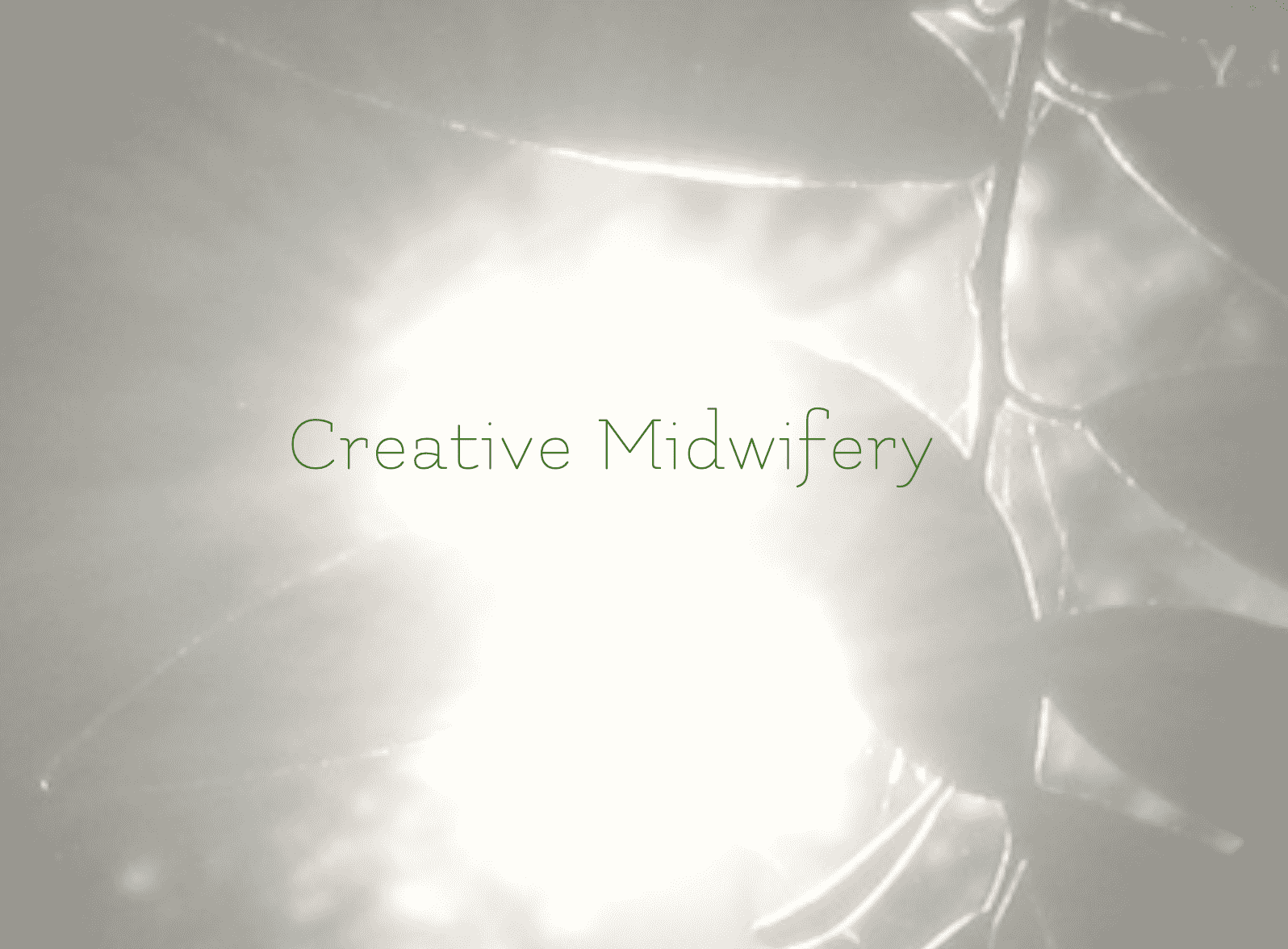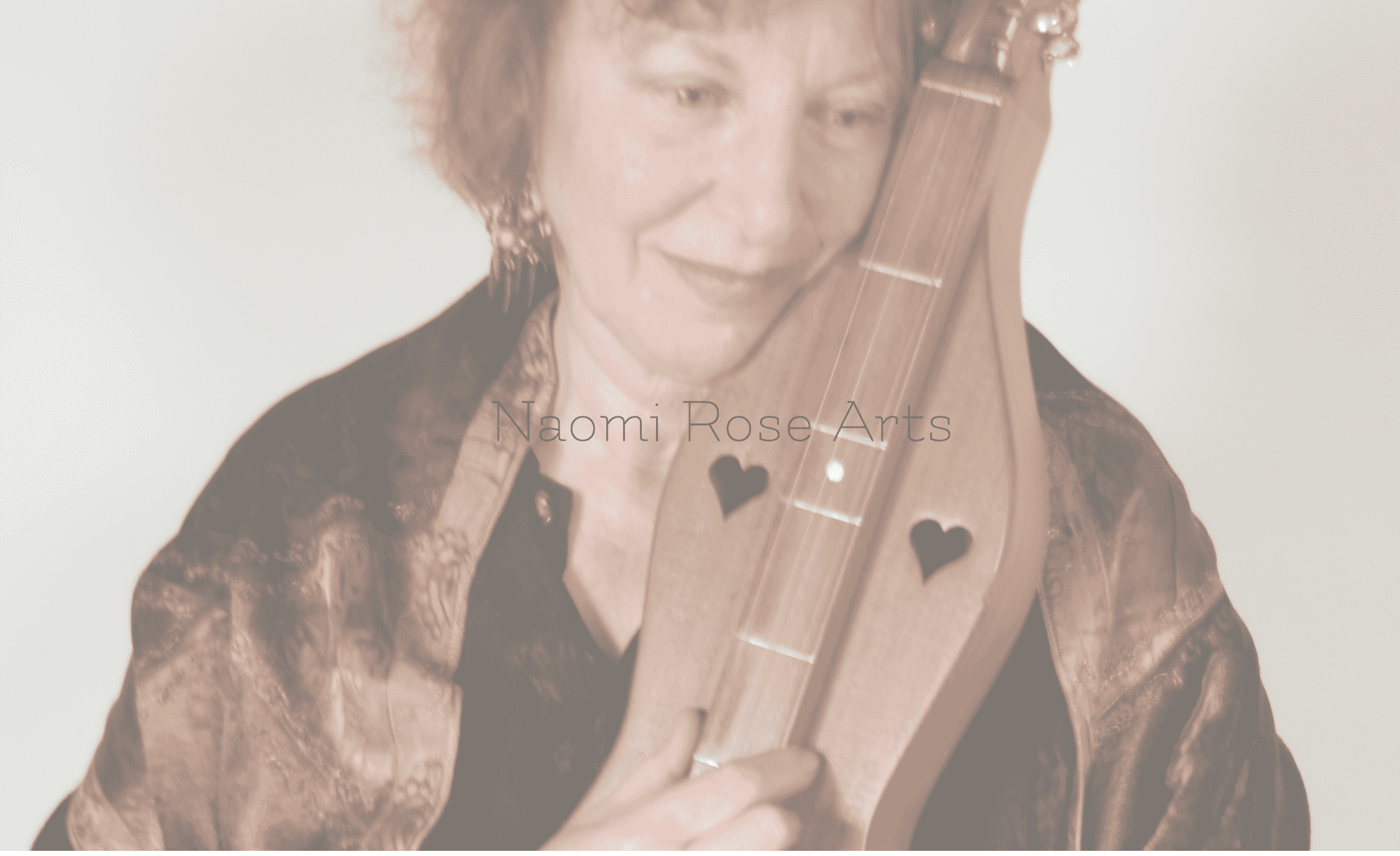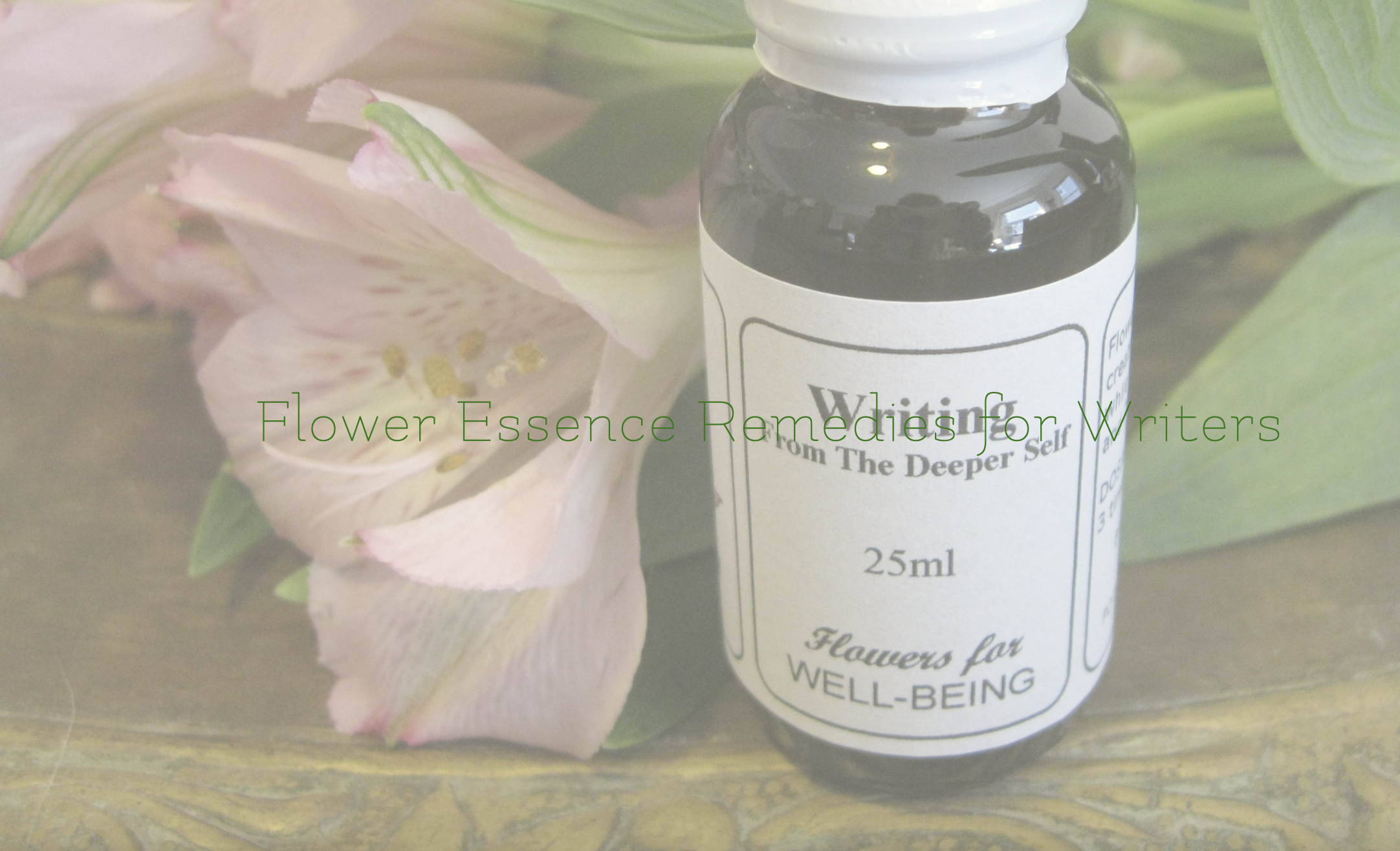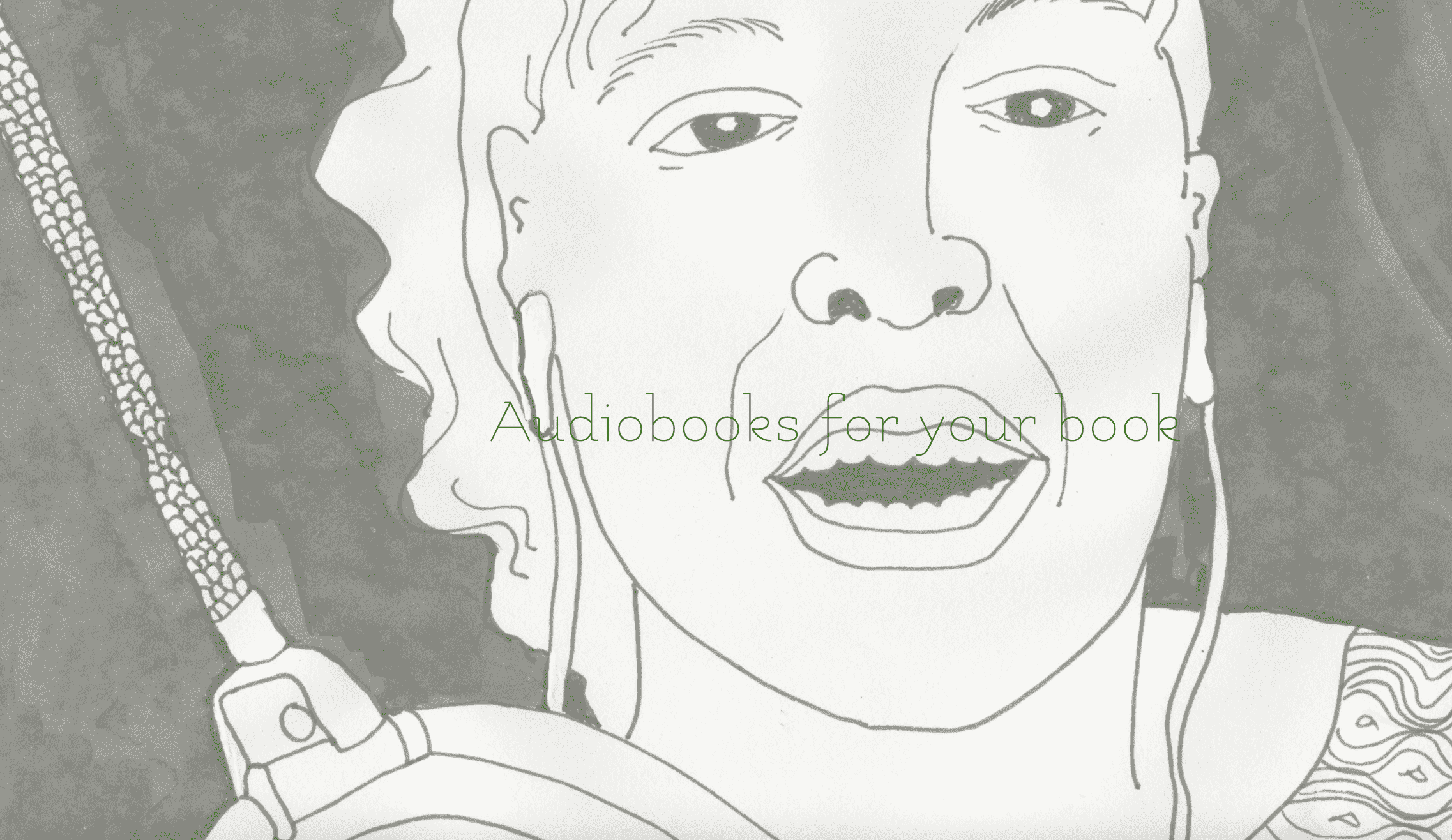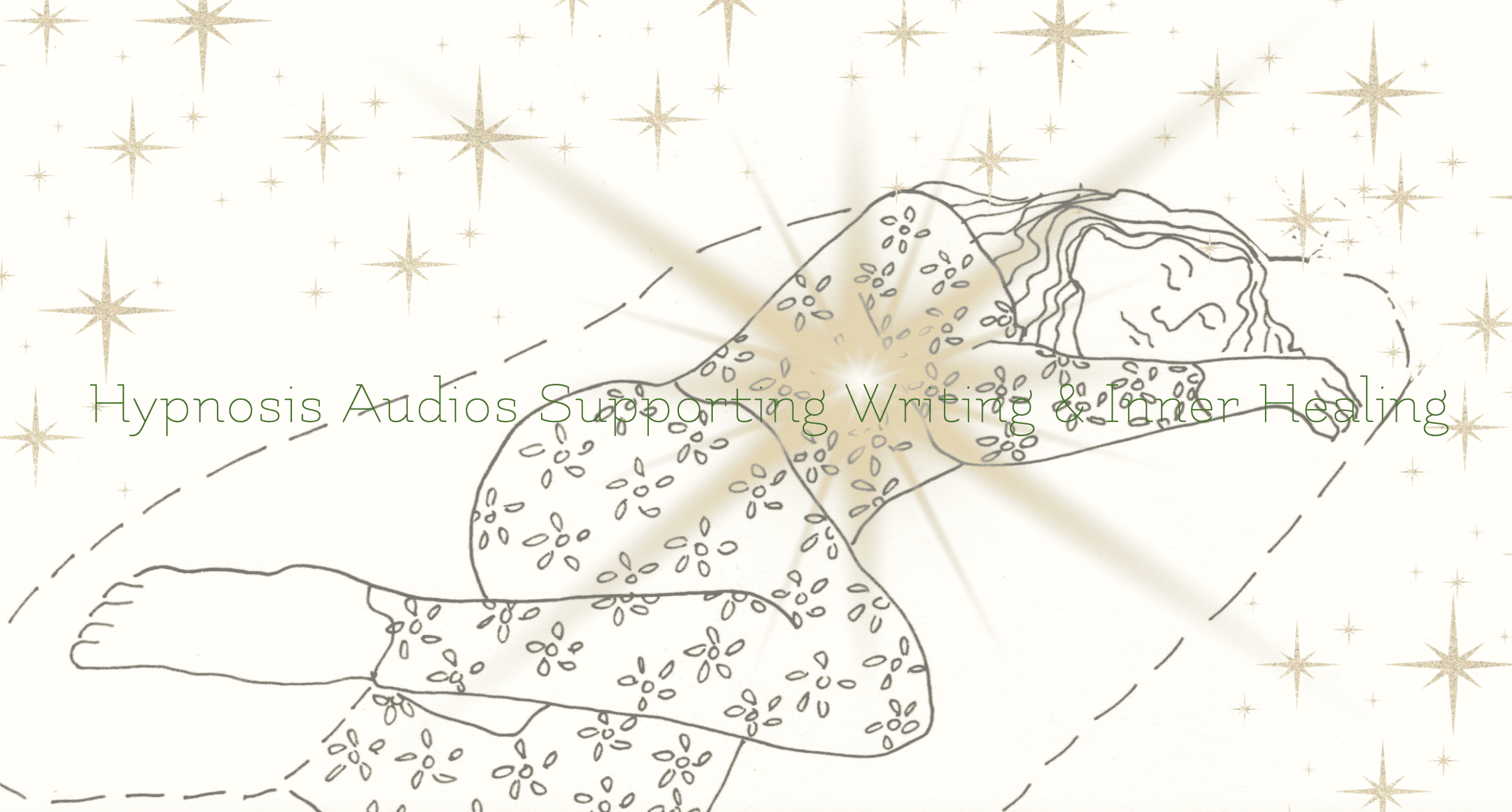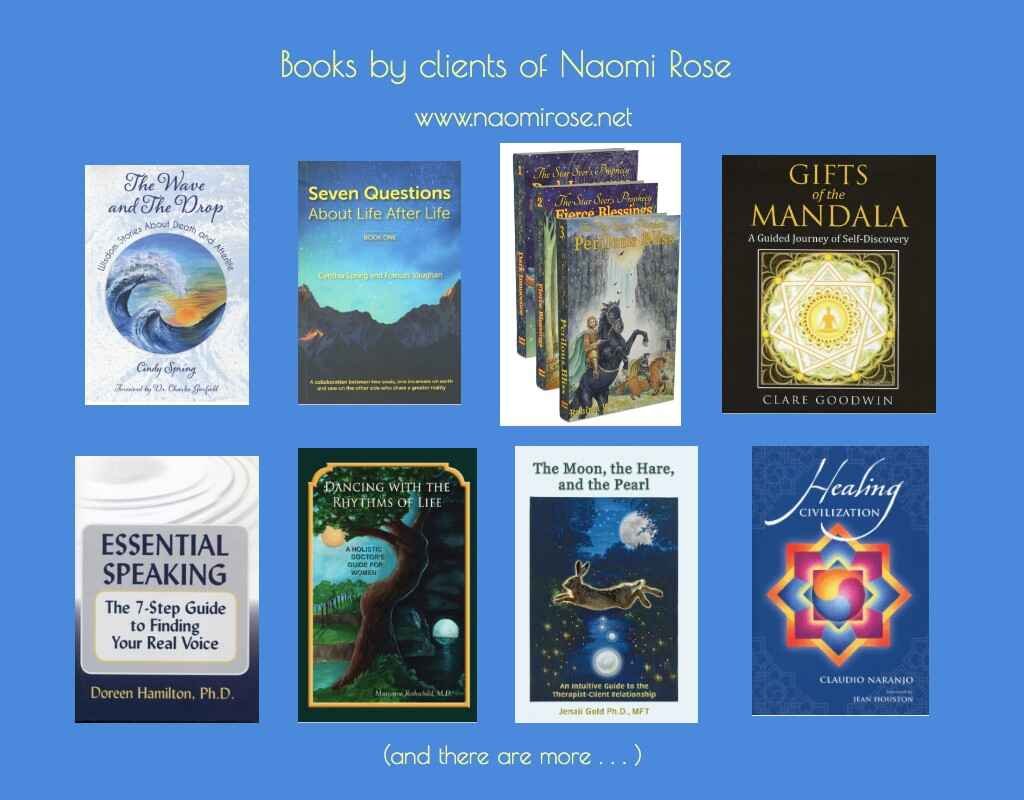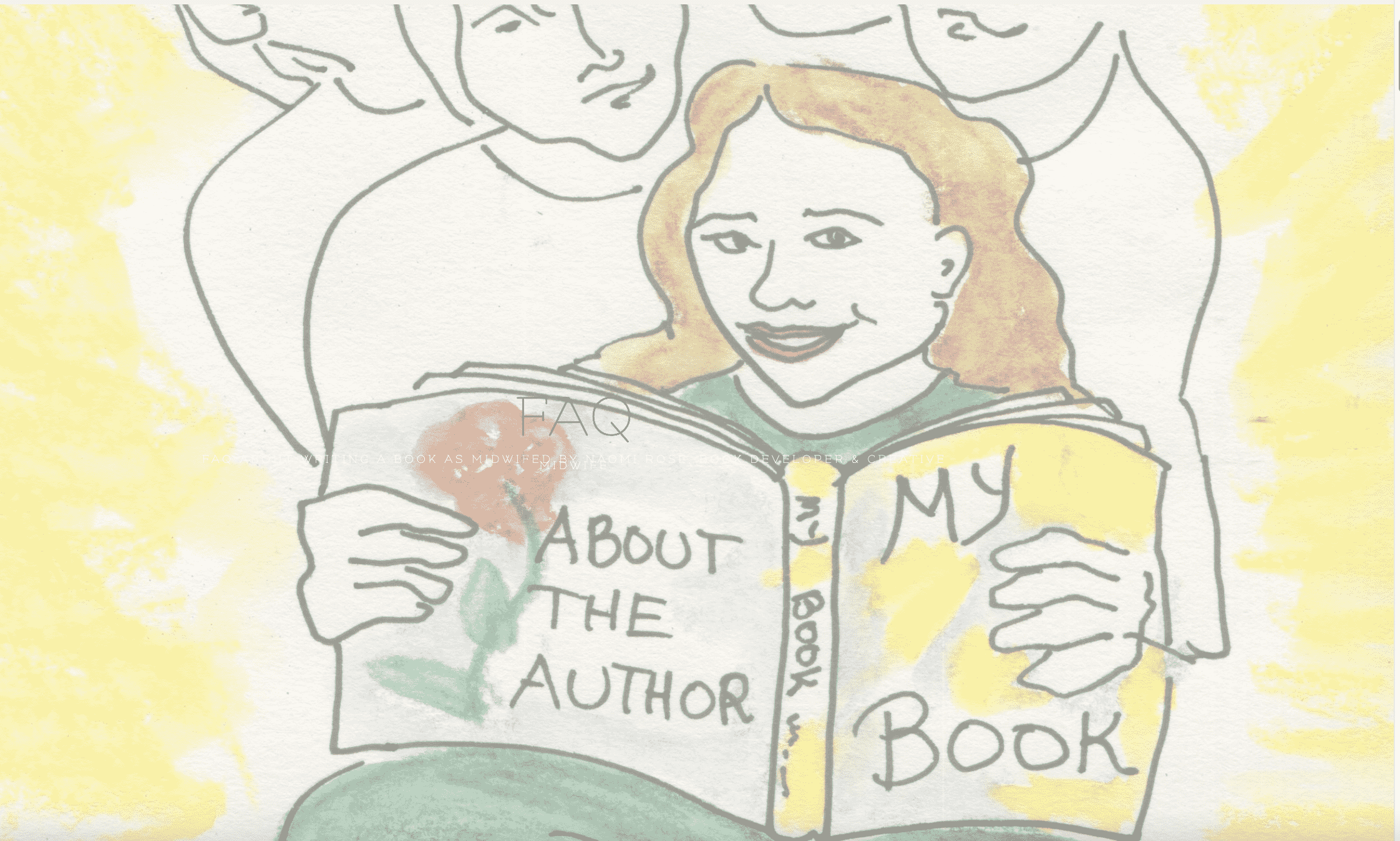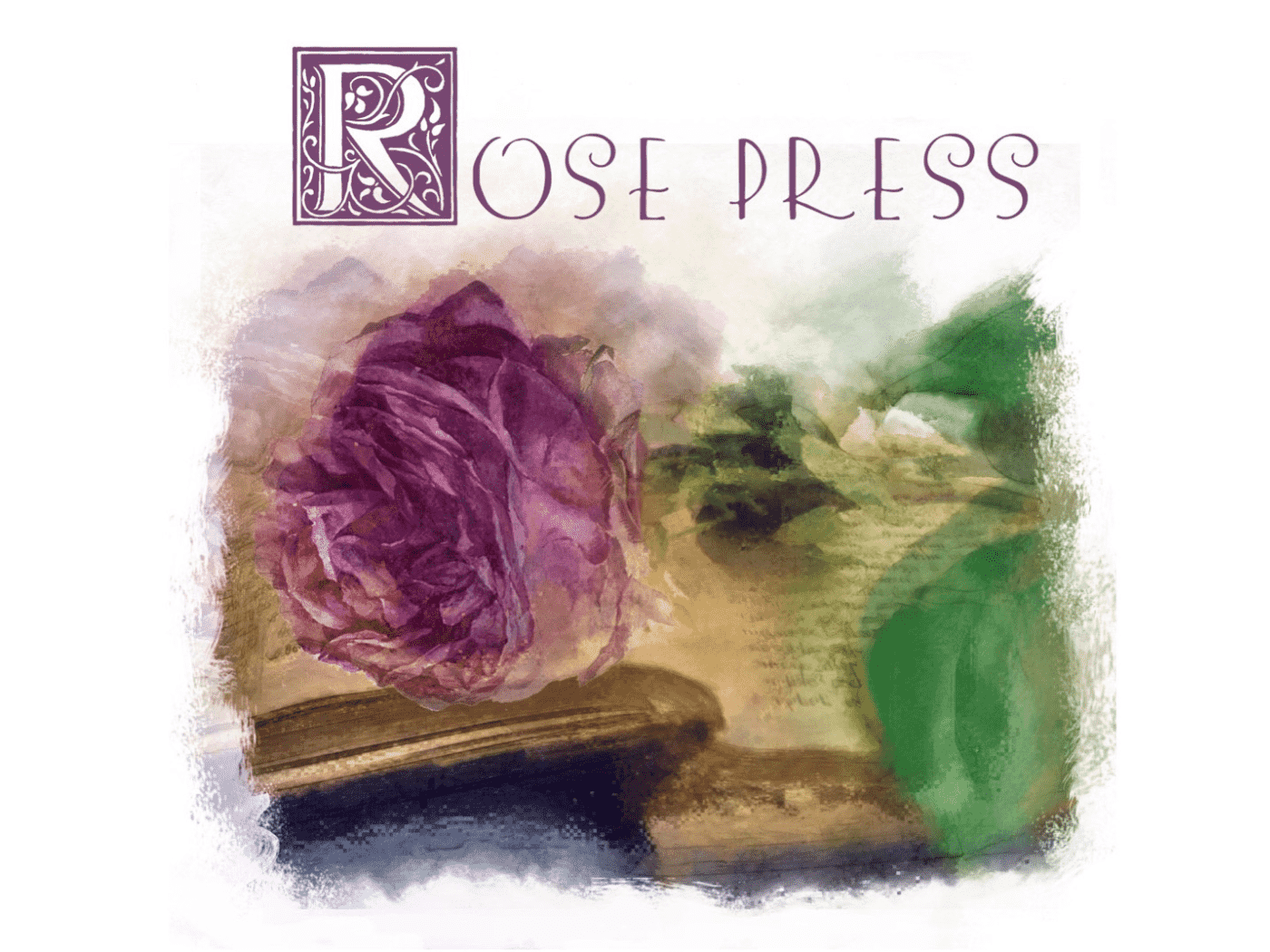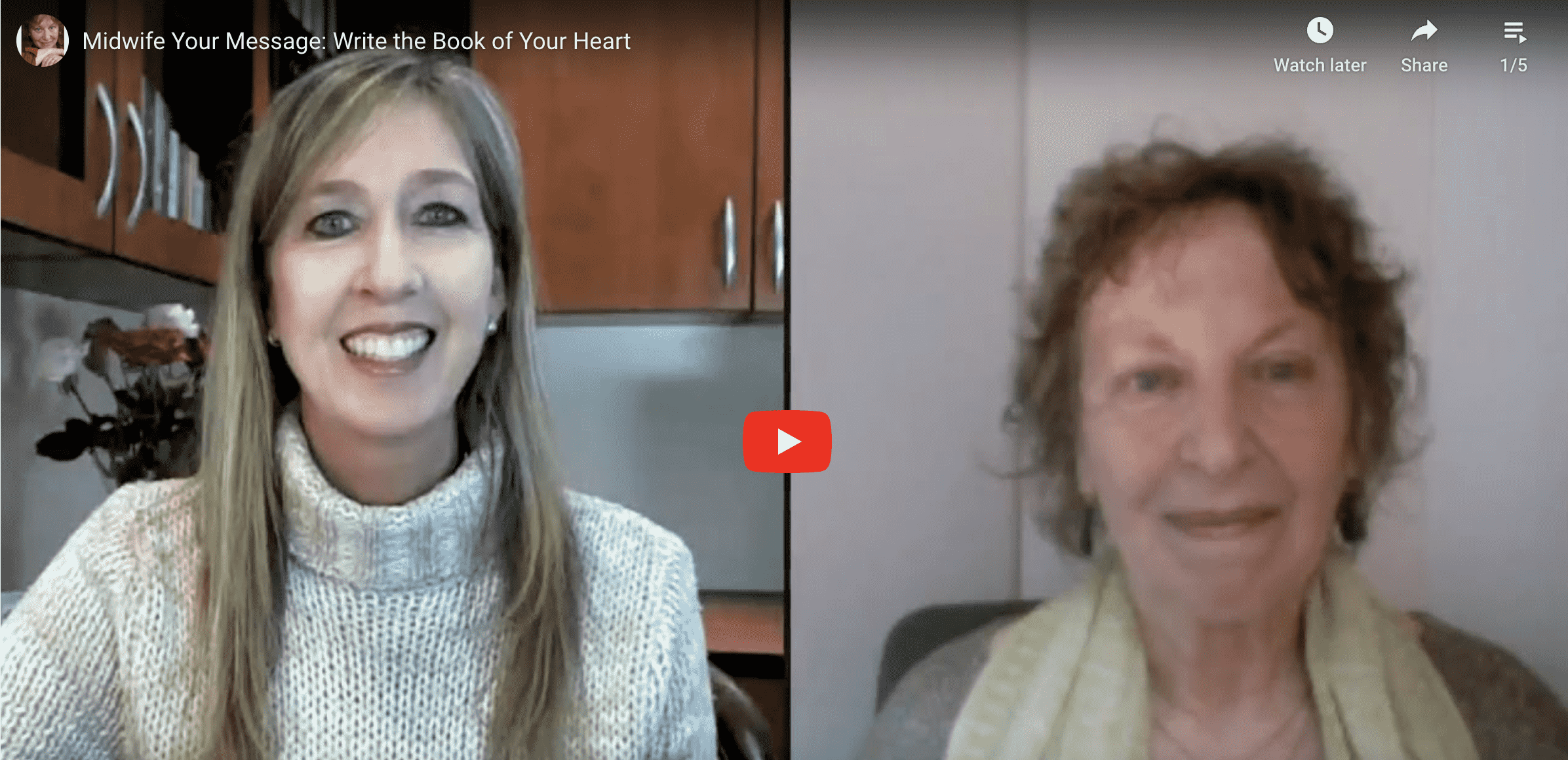NAOMI ROSE, BOOK DEVELOPER & CREATIVE MIDWIFE / Consultations in-person or by phone or Zoom / To contact: Phone: (510) 465-3935 Pacific Time (Oakland, California, USA) / Email: naomirosedeepwrite (at) yahoo.com
So much of inspired, substantial creation is a matter of shifting consciousness.
It’s not about “Am I talented or not?” or “Can I create a great work or not?” It’s much more a matter of putting the frightened ego to rest so that the true depth and beauty — and guidance within us — has room to emerge, and we are available to let it in and work with it.
Artists know (no matter what ego-obstacles may make their appearance) that the real lure of creating is to be a sacred instrument. Not fame, not fortune, not even 100,000 followers on social media. (Not that these, too, can’t happen; just that they are not the goal if we truly want this divine connection to happen.)
The creative process as it works through you is a perfect, innate way to connect with the Divine. When you long to make deep contact with something real inside yourself — when your inner doubts, fears, comparisons, and other typical obstructions don’t totally take over — then the connection with the One you seek who is also seeking you is only a breath away.
May the following meditations, and suggestions for meditation, bring you into contact with your deeper Self and give it the chance to write for real.
The sound of the voice is so available to us, and sound healers Valerie Carpenter and Vicki Dodd have taught me that “the body loves the sound of our own voice” — not our usual speaking voice, but our ability to make sounds.
I would add to this that it’s not only the body that benefits from the sound of our own voice: it’s also:
Our mind (our sounds can take us past negative mental constructs that inhibit the full expression of our being),
Our feelings (our sounds can bring us to more exalted, calm, and otherwise positive feelings), and
Our soul and spirit (our sounds can remind us of who we are and where we came from).
All this can bring about a state of consciousness that allows deep writing to be known to the one who wants to write it.
Here is a brief menu of possibilities that you can draw from as a way to enter into your writing time.
(Before beginning, place a pen and some paper within reach. Inwardly declare your intention to be of service to your book.)
Phase 1: Settling into Breathing
Find a quiet place without external distractions (if at all possible) and sit down. Close your eyes.
Notice that you are breathing. (Of course you are breathing; all you’re doing differently is noticing this fact.)
Take an interest in the specifics of your breathing. What is it like to feel the air coming into you? Going out from you? What is the temperature of your breath? What is its location?
Now notice whether simply noticing this has changed your breathing in any way. (I think our breathing must be grateful to have us pay attention to it — like a puppy, or a child. “Oh, you’re noticing me! Well, in that case . . . .”)
Phase 2: Making Sounds
Now, as you exhale, let there be a sound that comes along with that exhale. It might be a sigh, a hum, a vowel-sound. Notice what it feels like to make this sound.
Make it again. Notice how it feels to have the energy of the sound running through you. Notice how it feels to have the sound of the sound in your ears.
Be with the sound, and see what it wants to do. It may want to expand in volume — change pitch — add in vowels and/or consonants — or something else. Let it do what it wants to do. Enjoy this.
Notice whether you are feeling more expanded . . . playful . . . experimental . . . soothed . . . stimulated . . . etc. Whatever desirable feelings may arise, see if you can connect them with a quality (or qualities) of the sounds you have been making.
Make more of the sounds that are helping you.
Continue in this way for a little while, until you organically feel like slowing to a stop.
Let your lips come together and gently hum for several breaths.
Then sit in silence and let yourself receive the “afterglow” of the sounds. They will still be reverberating in the air, energetically, and in you for a little while.
Phase 3: Flowing into Writing
Keeping your breathing just as is, filled with (a) being noticed and (b) given the chance to emerge as sound, let your eyes open just enough to see your pen and paper. Pick up the pen and paper.
Write whatever makes itself available to you. It may be what you had thought you would write about, or some surprise. Let yourself ride the writing as you earlier let yourself ride the sounds.
Keep writing until you feel complete for now. Then put down your pen and paper, return to noticing your breathing, and slowly open your eyes all the way.
Look around the room. Notice light, shapes, anything beautiful. Notice how you feel.
Bow (inwardly, if not outwardly) to that which has given itself to you when you invited it. Give thanks to your deeper Self for being with you in this trustworthy, intimate, and creative way.
Lightly bring this sensibility into the rest of your day.
“Oh, joy! I have been surprised into opening by what has opened up in me.”
The above meditation involved making your own sounds.
But you also can listen to sounds as a way into writing. Where there’s nothing for you to do other than receive the sounds, then see what writing may wish to emerge out of that experience.
To that end, I offer you healing sounds I have made, which appear in other sections of this site: my overtone chanting, and my singing.
Overtone chanting is like a rainbow of sound. A single sung note becomes an invitation for many other notes to resound. It’s fascinating to hear, and enlivening-yet-calming for the listener.
I have made a recording of myself doing overtone chanting. It’s something that “just came” to me years ago, and has been a source of connection and healing, and creativity, ever since.
A spiritual teacher whom I deeply love heard me do this and suggested that I make it available more widely. When she heard the recording that’s available to you on this site (which I’m going to link you to in a moment), she said, “I feel the potency of healing that is transmitted through your overtone singing. This is wonderful, and greatly needed for the world! I can feel something happen that is good for my energy bodies when I sit quietly and listen completely and fully.”
You can access this recording from the “Healing Sounds” page in the “Enhancements for Writers” section of this site by clicking here.
Singing is so much a part of who I am and what I have to offer that I’m actually writing a book about my journey with singing (as well as how musical harmony can help us with human relationships). My singing, at its best, infuses my writing with a kind of lyricism and rhythmicity that tells me I’m operating from a truer, more beautiful plane.
In case my singing might have any degree of such an effect for you, I offer it to you here. This is the current “playlist”:
“Diamonds at Our Feet” — a song I wrote years ago, in an inspired state.
“The Water Is Wide” — a beautiful old folk song that (as with many beautiful old folk songs) has an exquisite melody, but somewhat downer lyrics. (I’m not against sadness; I’m just not a fan of despair.) Therefore, I changed the lyrics towards the hopeful. It’s a song I sing often, to remember what is possible.
“I Am the River, I Am the Sea” — this song has stuck with me like an intimate old friend, ever since I heard it in my teens while attending an off-Broadway musical rendition of Edgar Lee Masters’ lyrical book, “Spoon River Anthology.” The unity of being and connection with nature that laces through this song reminds me of its truth, and the lovely leaps of its melodic line fill me with joy as I sing it.
All these songs are on the “Naomi Rose Music” page of the “Naomi Rose Arts” section of this site, and can be accessed here.
This writing meditation can be simply to see what comes, or as a response to your intention to write a particular part of your book.
Before doing this meditation, find a quiet, comfortable place. Put out a pen or pencil and some paper within reach.
Sit in a comfortable, supportive chair, or lie down on a couch or bed. Let the structure of what supports you — the chair or the couch or bed — really support you. Let your body relax and ease into this support.
Let yourself become aware of your breath. You are always breathing, but you may be caught up in other thoughts and activities. Right now, let your breathing be the whole of what is happening for you. As you breathe in, notice how your belly and/or chest expand. Notice the temperature of the air as it enters your nostrils. As you breathe out, notice how your belly and/or chest contract. Notice the feeling of letting the air out.
Now notice how the incoming breath is given to you. It just comes. You don’t have to work at it. It’s a gift of life from something deeper and larger than your thinking mind. Sit or lie with this gift of breathing for a little while. You may find that your breathing comes more easily, that the volume of your breath is greater, or that it is coming from a different place in you. Your breath might have a finer quality to it than usual. You might even smell a faint fragrance, or hear a ringing sound in your ears that is somehow familiar, perhaps even inspiring.
As you notice yourself coming closer to yourself through your breathing, let your attention come to the region of your heart. You might put your hand on your heart, if that’s helpful. If it helps to feel your heart beating, do so. You might begin to breathe in rhythm with your heart, and see what that opens up. Perhaps stray thoughts may settle down like pebbles in a lake. Perhaps you may feel clearer, more centered, interested in what wants to be known.
As you focus on your heart, you may wish to make contact with a desire in your heart. It might be a specific desire, or it might be the experience of desiring. Let yourself be with this experience. Feel what it’s like to have your heart expand with this desire.
Consider the possibility that this desire is being met by a way to give voice to this desire, and that by giving voice to this desire you can bring yourself closer to its fulfillment. Consider that what you are seeking is also seeking you.
Allow yourself to let a word, a phrase, an image, an inner atmosphere, or something else of that nature come to your conscious awareness. You are not making anything happen — you are simply available to receive from your deeper nature. See what wants to give itself to you. Inside your heart, open your “hands.” You do not need to receive a lot; even a small amount is enough. It may be like a bit of colored thread that, when pulled on, keeps coming. Take your time. If fear or agitation makes its appearance, return to the rhythm of your breath, and again turn with interest to your Muse’s gift for you.
When you have received something (and you don’t have to necessarily know more than that you have received something), take a conscious breath and gently open your eyes. Pick up your pen or pencil and paper, and begin to write what’s there. Write only as long as it feels like it’s coming. Take your Muse’s hand. When the gift comes to a close, let go and give thanks.
Close your eyes again for a moment. Take a few deep breaths. Feel your heartbeat. Feel the support of the structure that upholds you. And gradually open your eyes, look around at the room, notice the light or the view out the window, and return to your day or night, noticing the effect of this interaction with your Muse on your feelings about what you have written and your desire to stay with it over the next day or more.
To help you enter into a relaxed inner state where you can receive the writing that your deeper Self wants to gift you with, I have recorded two audios, accompanied by gentle dulcimer music.
This simple ritual of listening to these recordings before and after writing can be very effective in connecting you with your heart’s expressive wisdom. It requires nothing more of you than to set aside an hour or more for the entire “sandwich”:
Listening to “Coming into the Writing”;
Opening to the actual writing that wants to be known; then
Listening to “Coming Out of the Writing” as you emerge from the experience, into the rest of your (perhaps transfigured) day.
Through this simple ritual, you may find that cultivating receiving your writing becomes natural and, in time, effortless.
So here is the first recording, “Coming into the Writing,” to ease you into that inner place where you can receive what wants to be known from within.
And the second recording is “Coming Out of the Writing,” so you can honor and celebrate your experience of receiving your writing, as well as to anchor your confidence in this ability for your next time.
Enjoy them both — and enjoy yourself through the process of deep writing!
If you would like to share your experience of working with these entering/exiting meditations, I would love to hear about it. You can contact me here.
Sign up for my newsletter and discover the power of writing and healing. Let me support you in bringing the book of your heart to radiant life.
Enter your email address in the box at your left, and click “Subscribe” to join the Writing from the Deeper Self community of like-minded individuals who are committed to writing books that speak to the soul and bring about genuine healing for both writer and reader. You’ll receive expert advice and guidance, creative inspiration, in-depth content, and special offers and discounts. Let your writing be a catalyst for both personal and collective transformation.
As a thank-you, I’ll send you a free copy of my book, 10 Essential Qualities That Help You Write a Book. As these qualities become known to you and surface, they will support you abundantly to write the book of your heart and live more authentically.
“Writing is an exploration. You start from nothing and learn as you go.”
— E. L. Doctorow










